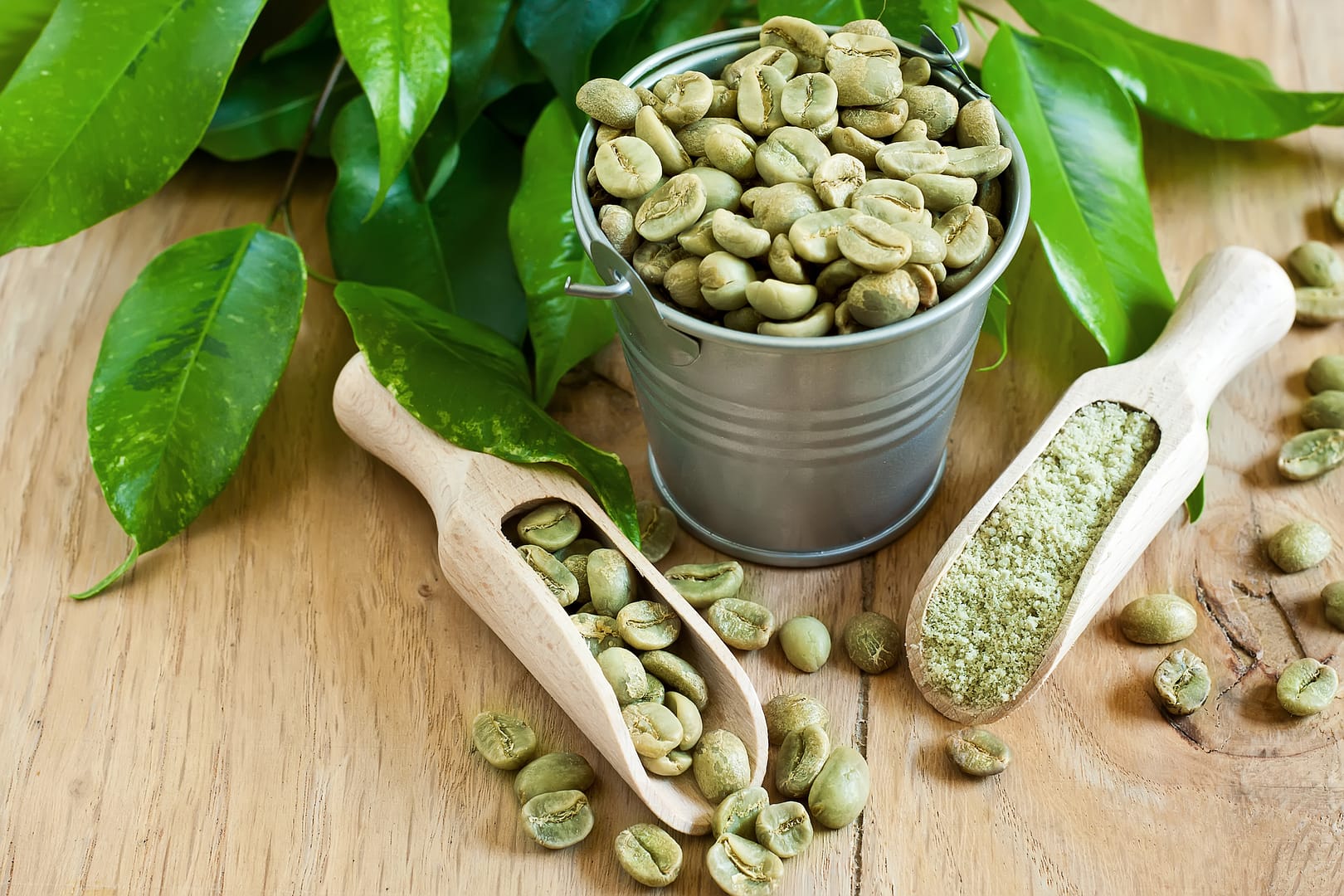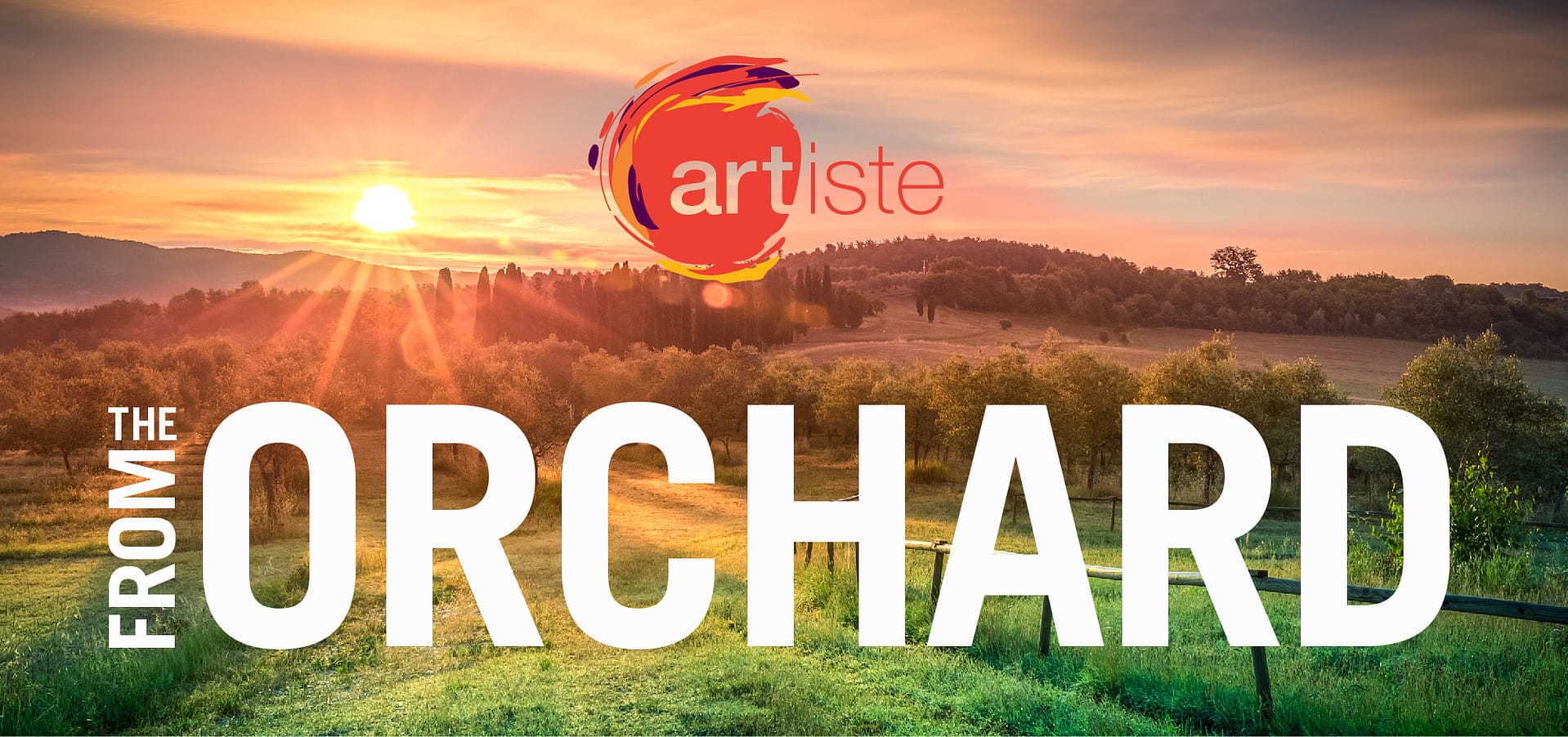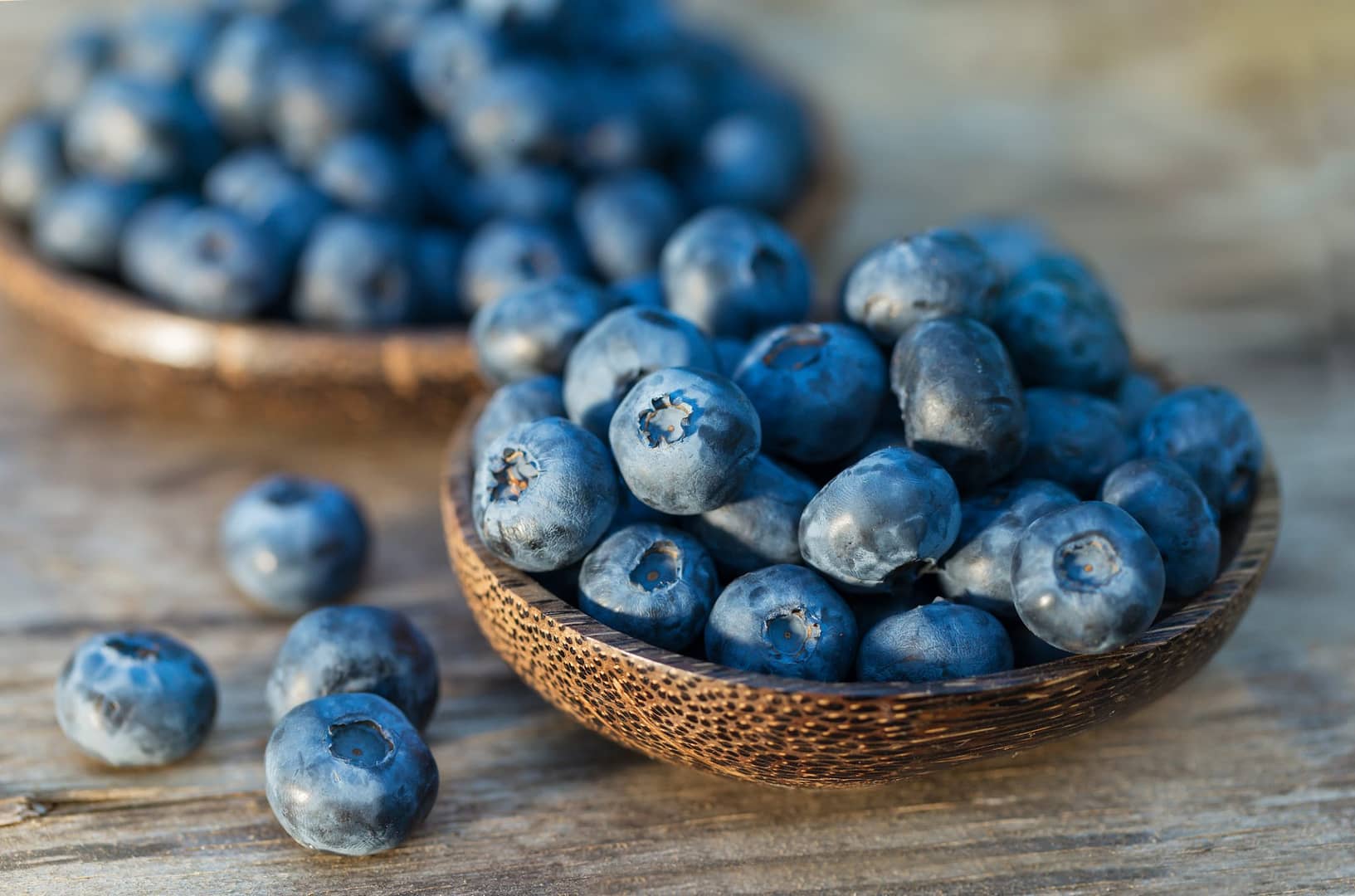Food shoppers are increasingly choosing items made with a short list of wholesome ingredients – i.e., foods with a “clean label.” While clean labels were originally segmented to premium products, the trend has become more widespread thanks to numerous factors, including:
- the ongoing pandemic, which overall has made people more health-conscious,
- the public’s growing desire to stay strong and live longer by eating healthier, and
- high-profile millennials who are living healthy and influencing others to do so.
So, while all new product development begins with a clear understanding of which ingredients will conform to clean-label expectations and regulations, many categories of existing consumer products are reformulating to reach “clean” status and appeal.
Clean label expectations are reaching around the globe and growing rapidly in the US market. The list of “ingredients to avoid” now stretches from GMOs, to pesticides and carcinogens, to allergens and hormones, to synthetic and artificial coloring and more.
Like the healthy ingredient movement, the clean label march will provide much innovation and reformulation, as well as ongoing consumer education.
And as we move from ingredient inclusions to meet clean label demands, millennials and Gen-Xers are also imposing strong opinions regarding sustainability, use of natural and organic over artificial or man-made ingredients, sustainability and animal treatment practices, corporate responsibility for energy conservation, and overall quality of a food manufacturer’s culture.
Sweeping change doesn’t happen overnight. It takes one or two generations to turn the world around to see a bright light of opportunity to reinvent and recreate a next generation of healthier, cleaner, earth-friendly foods and beverages that are both enjoyable and promote better health.
Share This

About atrga94
Related Posts
From the Orchard - Lime
Phone: (201) 447-1311 | Email: jraimondo@artiste.us.com





